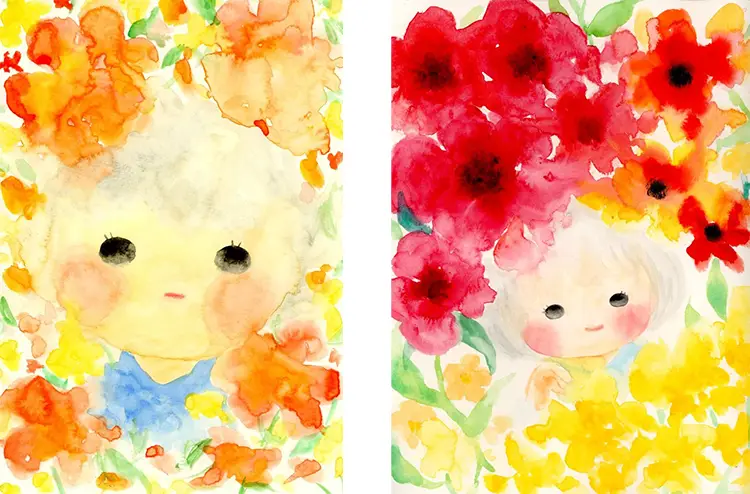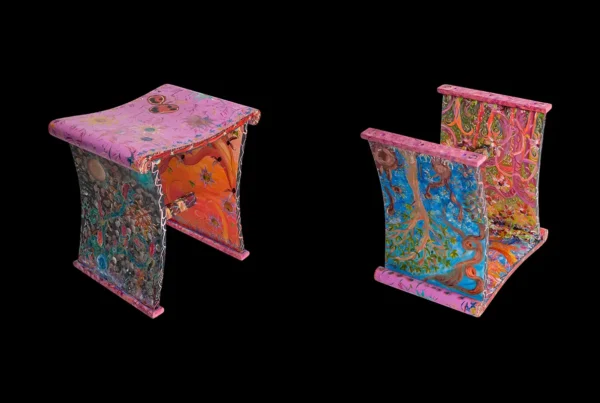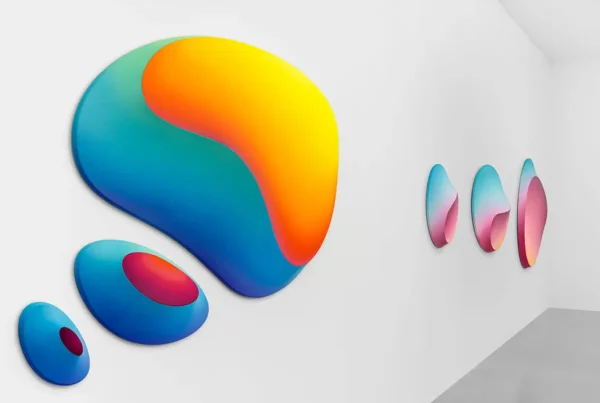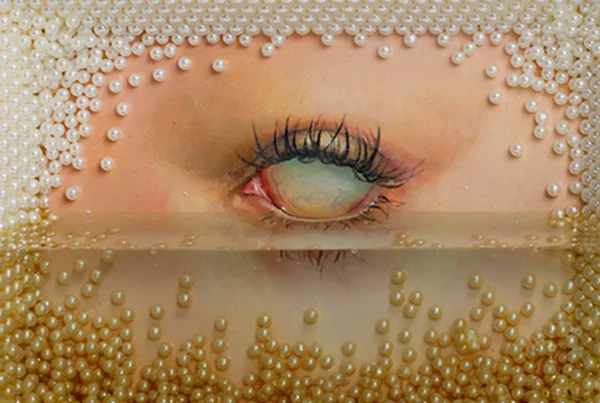“Watercolor, with its transparency and fragility, felt like the most natural medium for me.”
Between Silence and Sentiment: A Quietly Resonant Practice
Born in Japan and now based in Dubai, Yang Yo Kim is an artist and illustrator whose work gently stirs the inner lives we often leave untouched. Through delicate washes of watercolor and a meditative approach to composition, she invites viewers into a visual dialogue grounded in memory and emotional nuance. Her artistic path, informed by cross-cultural experiences and a career that spans illustration, education, and fine art, reveals a consistent desire to create work that speaks to what remains unsaid. Kim views art as a connective force — not simply a means of expression but a bridge that carries us between generations, between identities, and across the often-fragile spaces between our internal and external lives.
Kim’s artistic sensibility is deeply shaped by her early years and a professional journey that includes running an art school for children and engaging with international communities. These experiences have nurtured her interest in emotional depth and human vulnerability. Rather than striving for loud declarations, her work rests in a quieter space, where reflection takes precedence. This sensitivity can be traced back to the silent tensions of childhood and the deeply personal nature of her visual language. Her paintings are not conceptual puzzles or overt statements; instead, they are emotional maps charted through the interaction of transparency, fragility, and flow.
She works with a sense of emotional intent, seeking to create pieces that function as open invitations rather than fixed narratives. The idea that art can help people reconnect with forgotten aspects of themselves informs every stroke. Whether drawing from personal memories or responding to the atmosphere of a particular moment, Kim lets her work unfold gently, holding space for ambiguity and complexity. For her, painting is not just visual—it is visceral, intuitive, and deeply human.
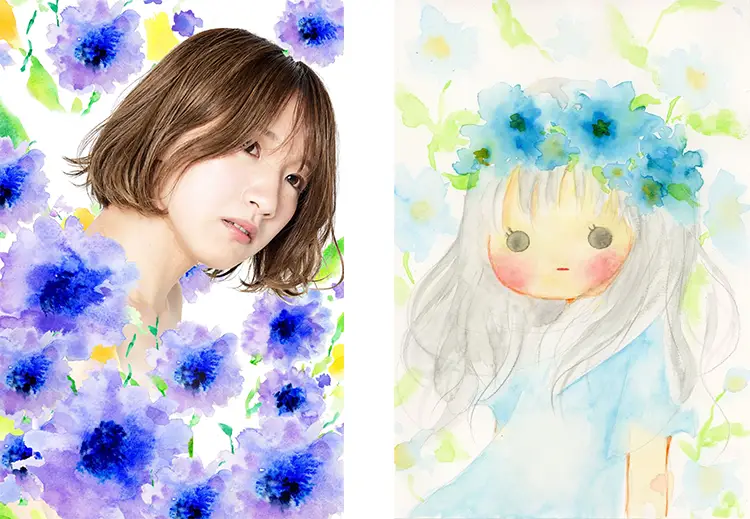
Yang Yo Kim: Painting Where Words Fall Short
Kim’s journey into painting began through the world of illustration, where she crafted visuals for books and projects that relied on a client’s vision. Over time, the limitations of such work led her toward painting, a medium through which she could articulate emotions that resisted verbal translation. Watercolor, with its soft gradations and ephemeral qualities, offered a medium that matched the emotional tone of her inner world. It became a natural conduit for expressing feelings too delicate to name, allowing her to build a style that reflects not precision, but emotional resonance.
Her current body of work centers around emotional subtleties often left unexplored. Rather than overtly dramatic themes, she focuses on undercurrents—those brief emotional flickers we hesitate to articulate. The use of watercolor plays an integral role in this expression, as the medium’s natural unpredictability echoes the layered and shifting nature of human experience. By surrendering control to the movement of water and pigment, she opens herself to discoveries in the creative process, allowing emotional truths to surface gradually.
Through this intuitive engagement with materials, Kim’s art has evolved into a practice of emotional witnessing. Her paintings do not demand attention but hold it with quiet gravity. Each work becomes a mirror for the viewer, reflecting emotions that may have gone unacknowledged. The absence of loud color or harsh lines is not an aesthetic choice alone—it is an ethical one, rooted in her desire to honor vulnerability without intrusion. In her hands, watercolor becomes more than a medium; it becomes a language for articulating complexity with grace and restraint.
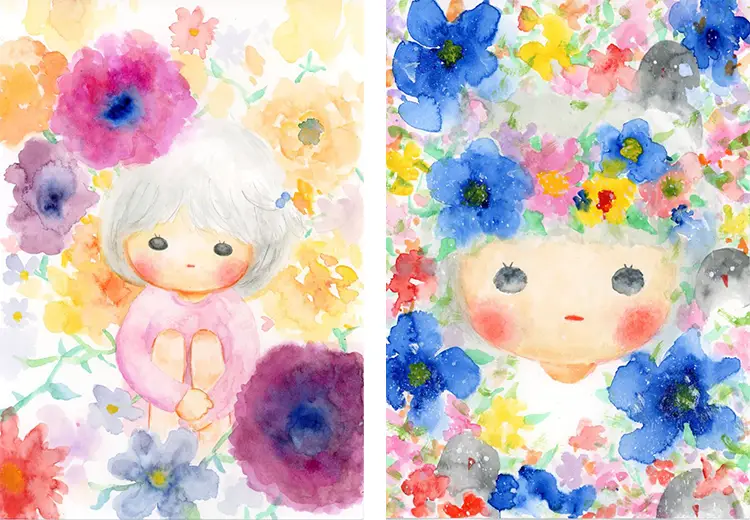
Reciprocity in Color: The Heart of “Fulfilled”
Among Kim’s most significant works is a watercolor painting titled Fulfilled, which captures the layered dynamics of giving and receiving love. The piece serves as an emotional landmark in her practice, marking a moment when artistic intention and personal meaning converged. The painting’s soft washes of color interweave seamlessly, reflecting the reciprocity that exists within deep emotional connections. The title itself suggests not just a state of satisfaction, but an ongoing exchange—a circularity that mirrors the relationship between vulnerability and strength.
What makes Fulfilled particularly resonant is the way it visualizes emotional exchange without relying on narrative or figurative elements. Instead, it uses abstraction and transparency to suggest movement and mutuality. The bleeding edges of the watercolor become symbolic of how emotions interact—merging, separating, and rejoining in unexpected ways. Through this technique, Kim transforms the act of painting into a meditative exploration of intimacy, one that acknowledges both beauty and fragility.
Kim’s choice of medium amplifies the emotional intention behind Fulfilled. Watercolor’s translucent qualities allow each layer to remain partially visible beneath the next, echoing how emotional experiences accumulate without ever fully disappearing. In this way, the piece becomes a portrait of continuity—of how love, even in its quietest forms, sustains us over time. The painting does not seek to define love, but to honor its elusive and evolving nature. For Kim, Fulfilled is more than an artwork; it is a visual reflection of what it means to connect, to be seen, and to offer oneself in return.
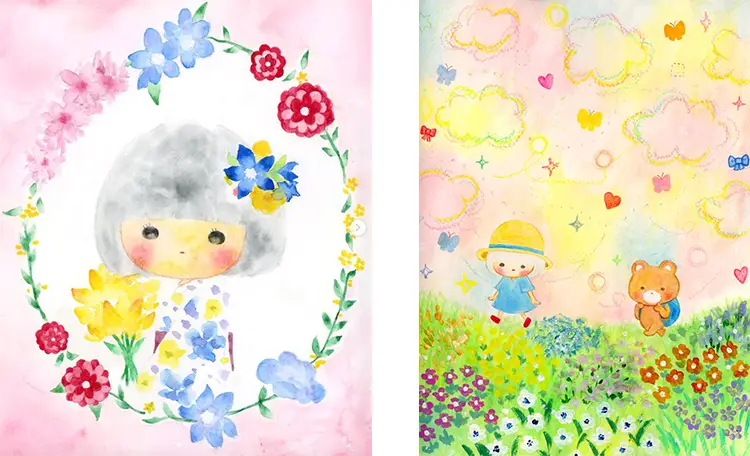
Yang Yo Kim: Toward an Immersive Emotional Landscape
Kim’s creative process is grounded in an intimate ritual that begins not with images, but with language. Each day, she opens her practice with fragments of poetry, fleeting memories, or emotions that press gently at the edges of consciousness. These fragments serve as emotional anchors, guiding her as she allows watercolor to evolve organically on the page. She resists rigid planning, instead trusting the medium’s ability to reveal meaning through its unpredictable flow. In doing so, her art becomes less about control and more about receptivity—about listening rather than asserting.
This slow, reflective method underscores Kim’s desire to create work that fosters introspection. Her practice is not about producing visual spectacles, but about offering quiet encounters with emotion. Painting, for her, is an act of returning—returning to moments we’ve forgotten, to feelings we’ve buried, to questions we’ve left unanswered. In each work, there is a sense of softness not as weakness, but as strength. The quiet becomes a space of courage, where truth can emerge without force.
Looking ahead, Kim envisions a shift in how her work is experienced. She plans to expand her practice into an immersive installation that unites watercolor, poetry, and spatial design. This future project aims to create an environment where viewers are invited not only to observe but to enter into a contemplative experience. She imagines a space where art becomes a form of emotional architecture—a place to pause, breathe, and reconnect with the often-silent parts of oneself. This move toward multi-sensory engagement signals her growing interest in art not just as an object to view, but as an experience to inhabit.
